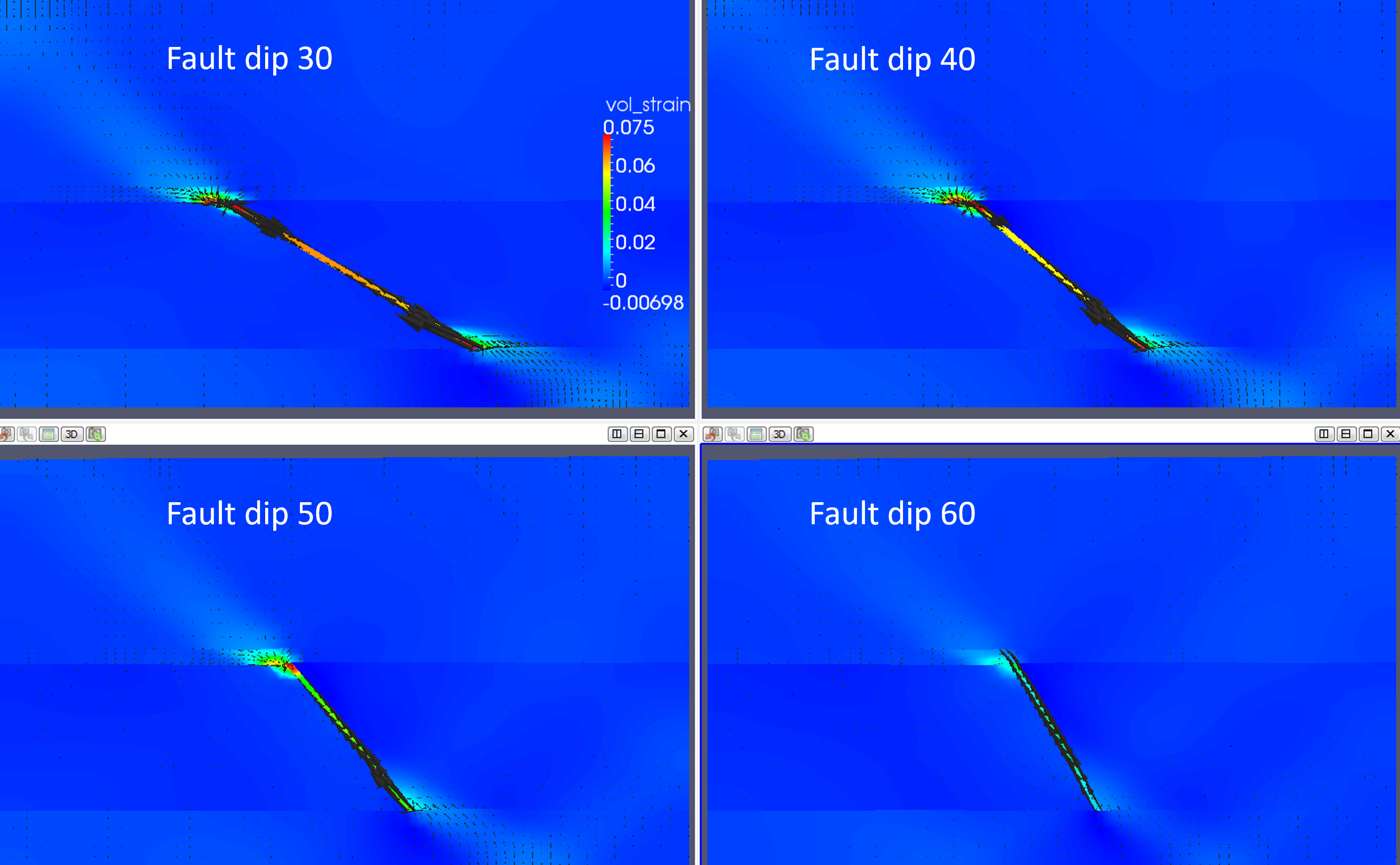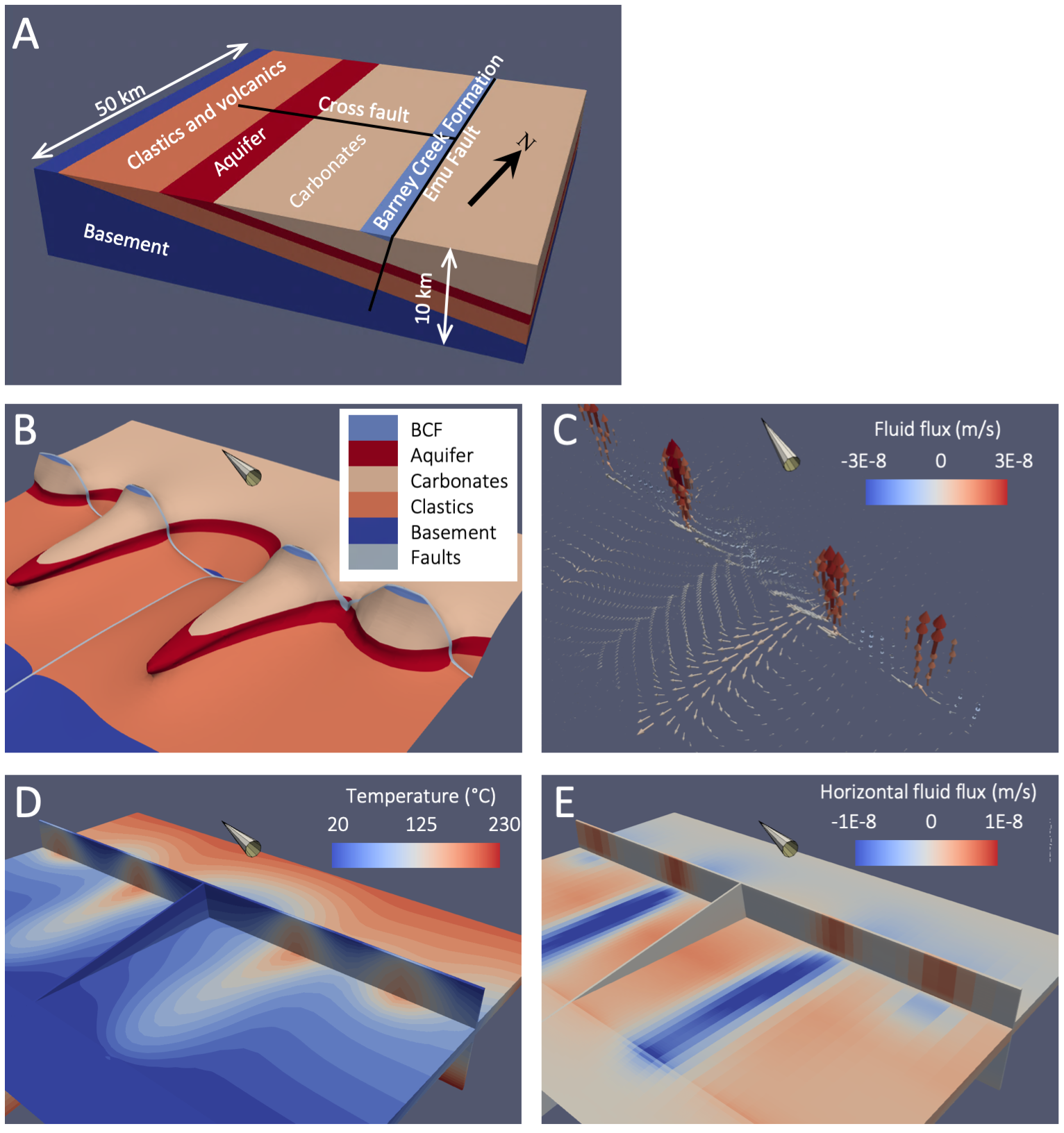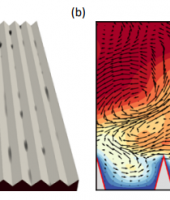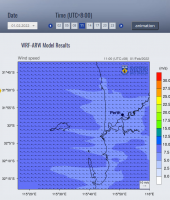Simulating geological and mineralising processes in sedimentary basins
This project used Magnus to simulate geological processes involved in the formation of mineral deposits, focusing on deposits found in sedimentary basins such as the lead-zinc and uranium deposits in the Northern Territory
Area of science
Geology, Geosciences
Systems used
Magnus and Visualisation
Applications used
MOOSE, ParaviewThe Challenge
Finding mineral deposits is an expensive business, especially in Australia where the exposed deposits have been found and undiscovered deposits are likely to be hidden under 100’s of metres of sediments and rock. To reduce the cost of exploration it is important to use relatively low-cost techniques to narrow the search space
The Solution
Understanding how known mineral deposits were formed can help us to predict where further deposits may be found, thus narrowing the search space for mineral exploration. Using a variety of data collected in the field, geologists develop conceptual models or hypotheses about the formation of known mineral deposits. Computer simulations can be used to test these hypotheses
The Outcome
We used the open-source code MOOSE to simulate processes involved in the formation of lead-zinc and uranium deposits in the Northern Territory. These simulations require a supercomputer, such as Magnus, in order to run in a reasonable timeframe and to explore the relevant parameter space. Using Magnus we were able to compare a range of scenarios, leading to improved understanding of these mineral systems which in turn will assist explorers in finding undiscovered deposits elsewhere in the region
List of Publications
Schaubs, P., Sheldon, H.A., Blaikie, T., Kunzmann,M.,Schmid,S. and Spinks, S. 2019. Basin-scale fluid-flow models of the McArthur River mineral system: constraints from geochemistry, geophysics and sequence stratigraphy
Australia Society of Exploration Geophysics (ASEG) Meeting Extended Abstracts 2019, 1-5
Sheldon, H.A., Schaubs, P.M., Blaikie, T.N., Kunzmann, M., Schmid, S. and Spinks, S. 2019. An Integrated Study of the McArthur River Mineral System: From Geochemistry, Geophysics and Sequence Stratigraphy to Basin-Scale Models of Fluid Flow. In Annual Geoscience Exploration Seminar (AGES) Proceedings, 81–86. Northern Territory Geological Survey.
Sheldon, H.A. and Schaubs, P.M. 2019. CSIRO-NTGS McArthur Basin Project: Chapter 6: 3D Modelling of Fluid Flow in the McArthur River Zn-Pb-Ag Mineral System. CSIRO report.
Spinks, S., Pearce, M., Ryan, C., Moorhead, G., Sheldon, H.A., Kunzmann, M., Blaikie, T.N., Schaubs, P.M. and Rickard, W.D.A. 2019. Ultra-High Resolution Trace Element Mapping Provides New Clues on the Origin of the McArthur River (HYC) Sediment-Hosted Zn-Pb Deposit. In Annual Geoscience Exploration Seminar (AGES) Proceedings. Northern Territory Geological Survey.
Spinks, S., Pearce, M., Liu, W., Kunzmann, M., Ryan, C., Moorhead, G., Kirkham, R., Blaikie, T.N., Sheldon, H.A., Schaubs, P.M. and Rickard, W.D.A. 2019 (in review). Carbonate Replacement as the Principle Ore Formation Mechanism in the Proterozoic Supergiant HYC (McArthur River) Sediment-Hosted Zn-Pb Deposit, Australia. Economic Geology.







